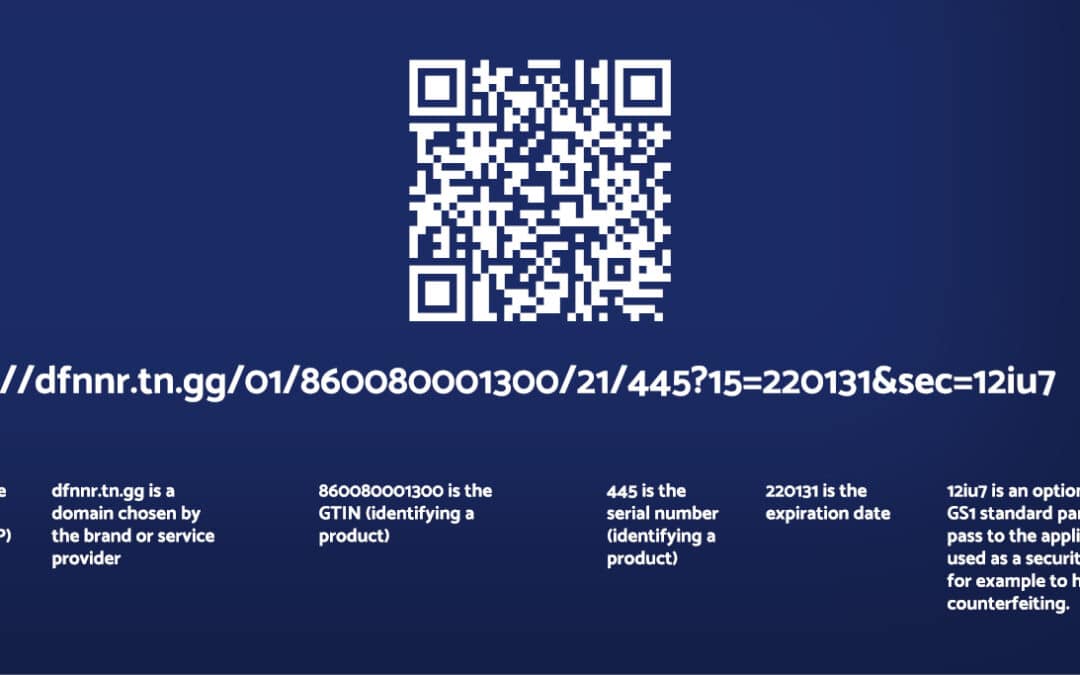In an era of extensive data, where brands are increasingly expected to deliver product information in an simple and accessible manner. This applies to both consumers seeking information about specific products and retailers aiming to enhance efficiency through accurate product data and supply chain insights.
“As a consumer or retailer, the notion of being uninformed or unable to retrieve information seems outdated,” suggests Archer. “When faced with a product, I anticipate the ability to uncover its origins, composition, and comparisons with other items.”
To fulfill the demand for more data, many brands have incorporated additional barcodes onto their product packaging. For instance, a single package might feature a QR code for consumers, alongside various other data carriers such as linear barcodes, 2D codes, or NFC and RFID tags, serving purposes like point-of-sale transactions, internal inventory management, and supply chain operations.
Nonetheless, employing multiple barcodes creates confusion for consumers and can lead to scanning complications at point-of-sale systems. Furthermore, it occupies valuable space on packaging designs.
With these considerations in mind, GS1 is taking steps to facilitate an industry shift toward a unified, information-rich 2D code. This code would allow various entities, including warehouse machinery, point-of-sale scanners, specialized apps, and smart appliances, to access comprehensive product information. This singular code could enhance supply chain visibility, ensure product safety, and provide a plethora of insights to consumers both at home and in physical stores.
“The linear barcode has endured remarkably, but it’s time for more,” notes Archer. “We need to adapt the GS1 system to function within this new data-centric environment, and that’s the goal of GS1 Digital Link.”
What Is GS1 Digital Link?
“In brief, it’s the internet,” Archer explains. “We’re essentially taking a barcode and appending it to a URL – it’s that straightforward.”
GS1 Digital Link introduces a straightforward, standards-based framework for encoding information into 2D codes. This allows the encoded information to become integrated with the web, enabling consumers, retailers, and supply chain participants to access a variety of promptly updatable product information under brand control.
Within a GS1 Digital Link, identifiers are housed within a barcode, such as a GTIN (Global Trade Item Number – the same identifier encoded in a linear barcode and used to identify products during checkout). These identifiers serve as gateways to a multitude of product-related information.
“This is a modernization of the barcode, making it accessible and advantageous for everyone,” remarks Paul Reid. “The GS1 Digital Link standard has been developed in partnership with prominent retailers, manufacturers, transport, and logistics companies, ensuring its widespread usability.”


Recent Comments